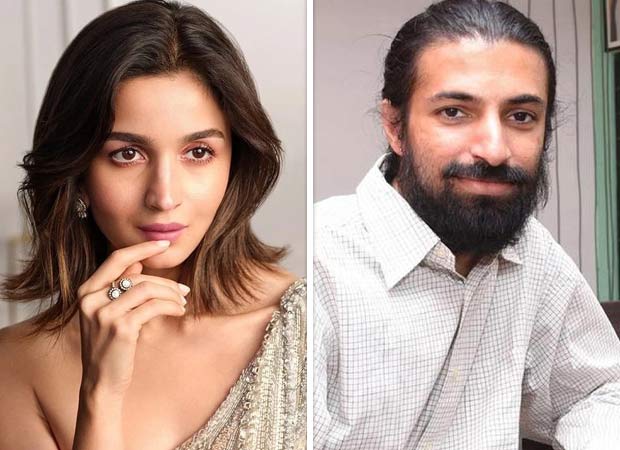With UPSC CSE Preliminary Examination 2024 round the corner, aspirants who wish to crack the exam will be busy revising and attempting mock tests to make sure they are prepared to attempt the exam. Attempting prelims test series and revising all that you have studied will make your concept knowledge strong.
Check out the following previous year questions on Ancient Indian History and solutions along with it, to test your knowledge.
I. With reference to ancient India, consider the following statements :
(1) The concept of Stupa is Buddhist in origin
(2) Stupa was generally a repository of relics
(3) Stupa was a votive and commemorative structure in Buddhist tradition
Solution: Yes, the concept of stupa is Buddhist in origin and it is generally a repository of relics. Statement 3 is also correct as stupas were a votive and commemorative structure in Buddhist tradition.
II. With reference to ancient South India, Korkai, Poompuhar and Muchiri were well-known as
(1) capital cities
(2) ports
(3) centres of iron-and-steel making
(4) shrines of Jain Tirthankaras
Solution: Korkai, Poompuhar and Muchiri were well-known ports in ancient South India.
III. How many of ·the below dynasties established their kingdoms in the early eighth century AD?
(a) Hoysala
(b) Gahadavala
(c) Kakatiya
(d) Yadava
Solution: None of the above dynasties mentioned established their kingdoms in the early eighth century AD.
IV. Who among the following rulers of the Vijayanagara Empire constructed a large dam across the Tungabhadra River and a canal-cum-aqueduct several kilometres long from the river to the capital city?
(1) Devaraya I
(2) Mallikatjuna
(3) Vira Vijaya
(4) Virupaksha
Solution: Devaraya I of the Vijayanagara Empire constructed a large dam across the Tungabhadra river and a canal-cum-aqueduct several kilometres long from the river to the capital city.
Also Read: UPSC CSE 2024 handbook: Check previous year questions on environment & ecology Part II
(Questions taken from UPSC CSE 2023 Preliminary question paper)





:quality(85):upscale()/2025/02/12/709/n/43463692/affdf68367acc608c50d79.20958537_.png)

